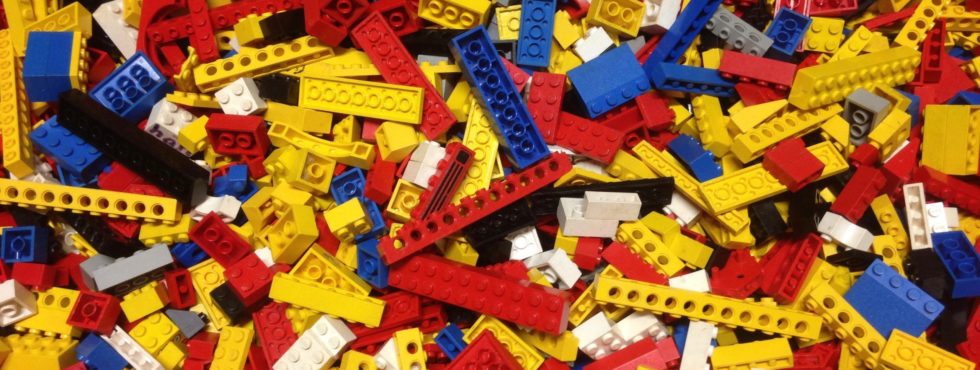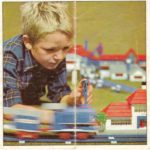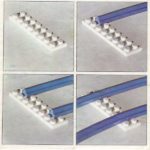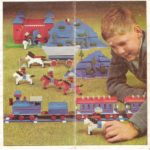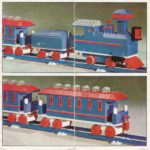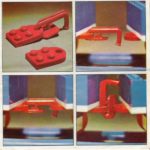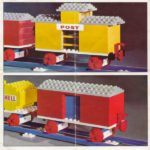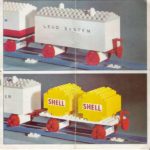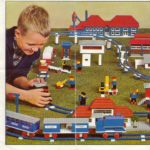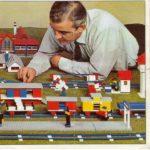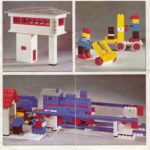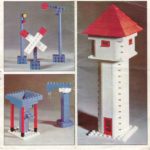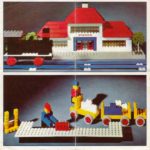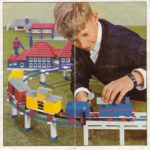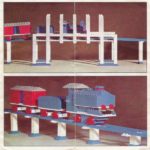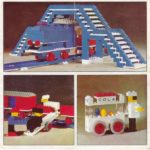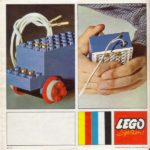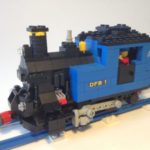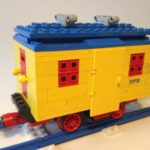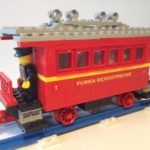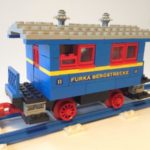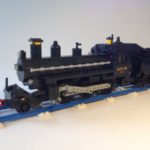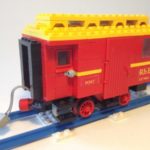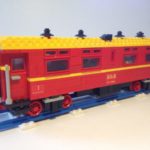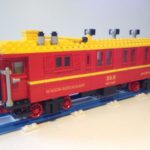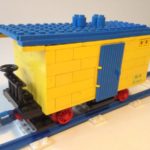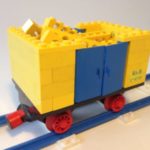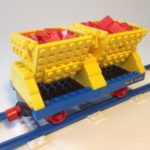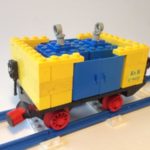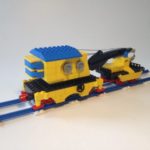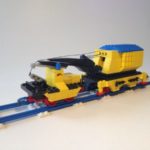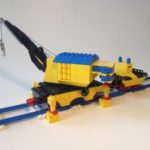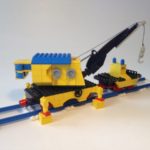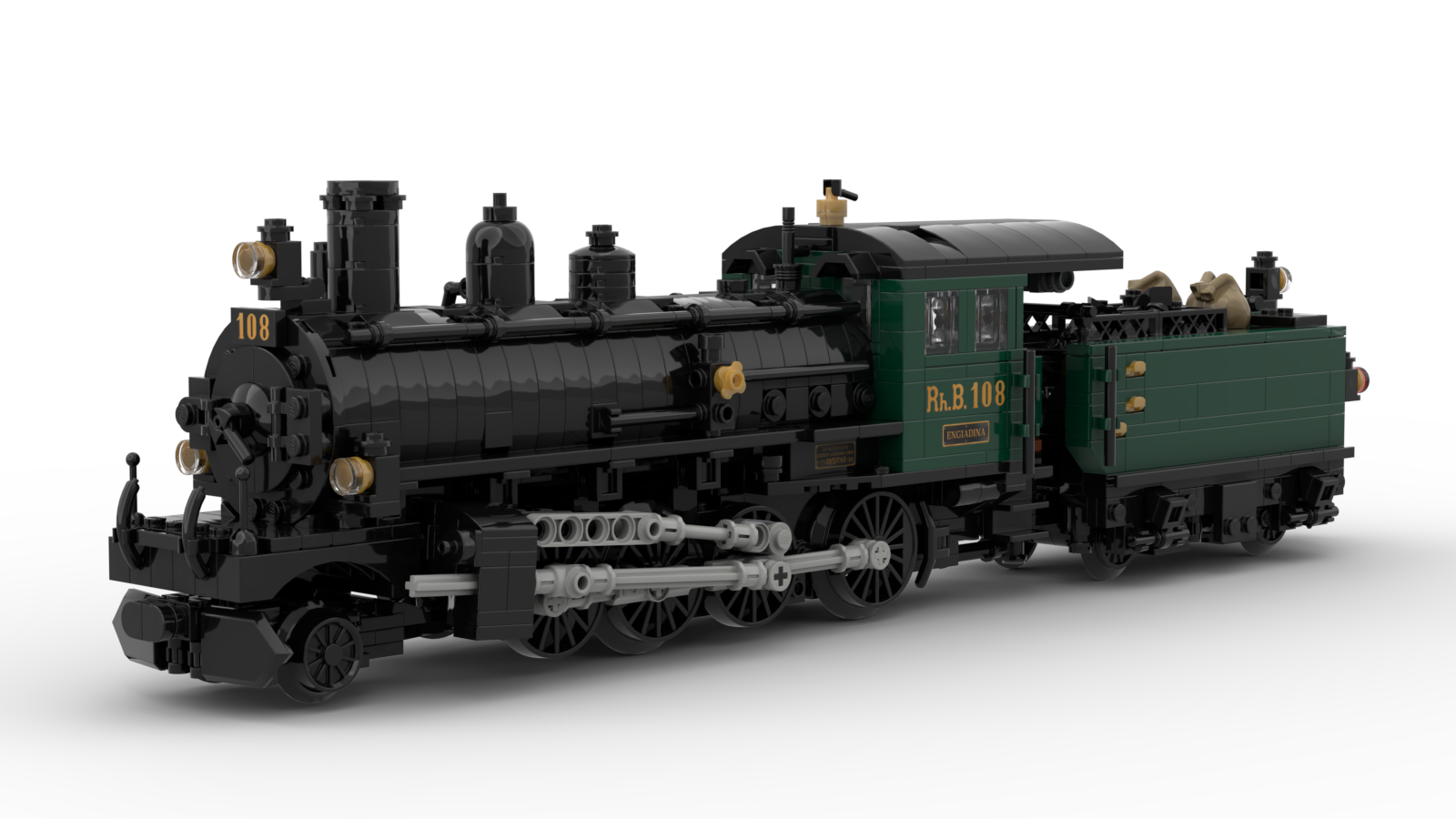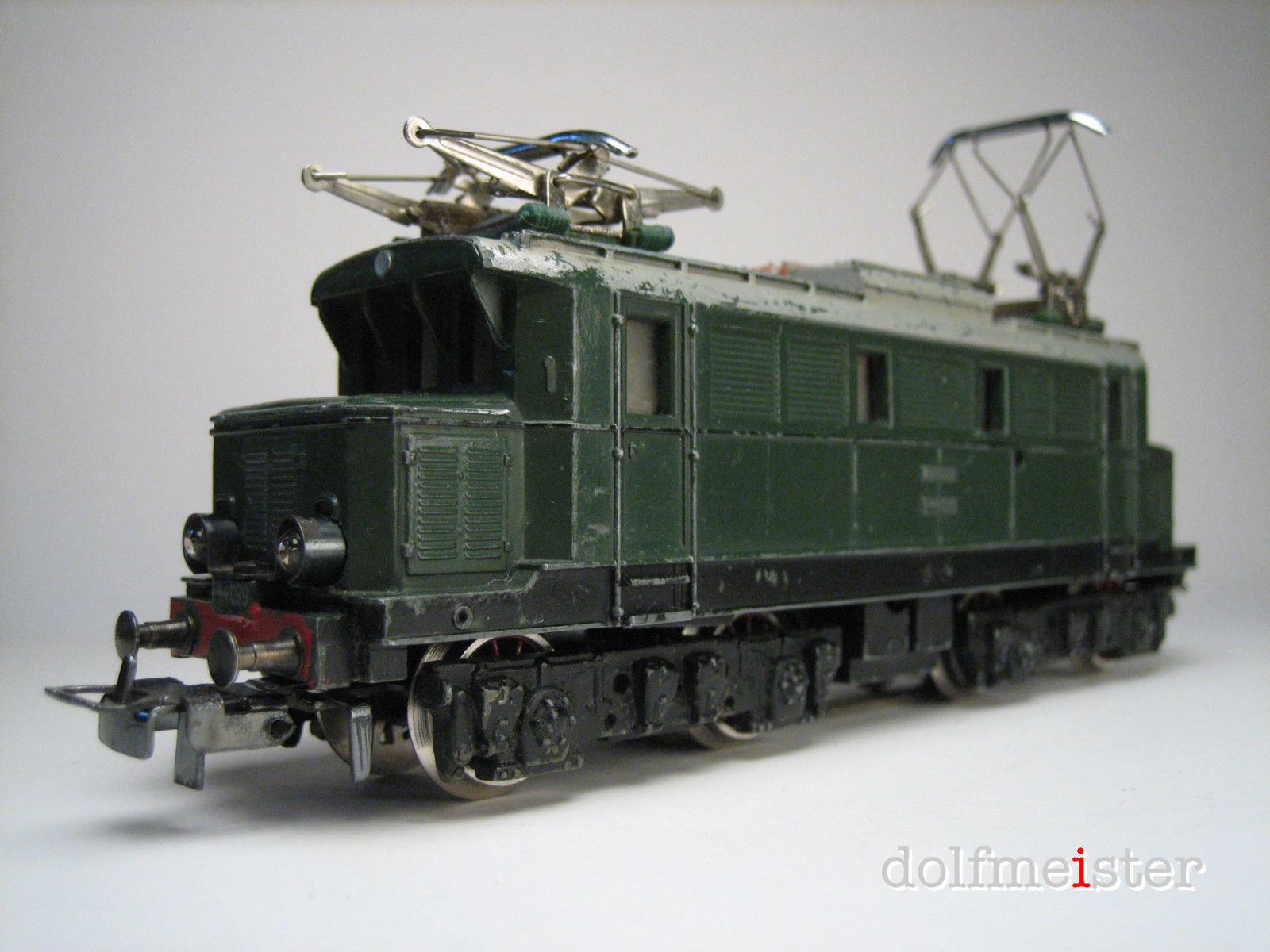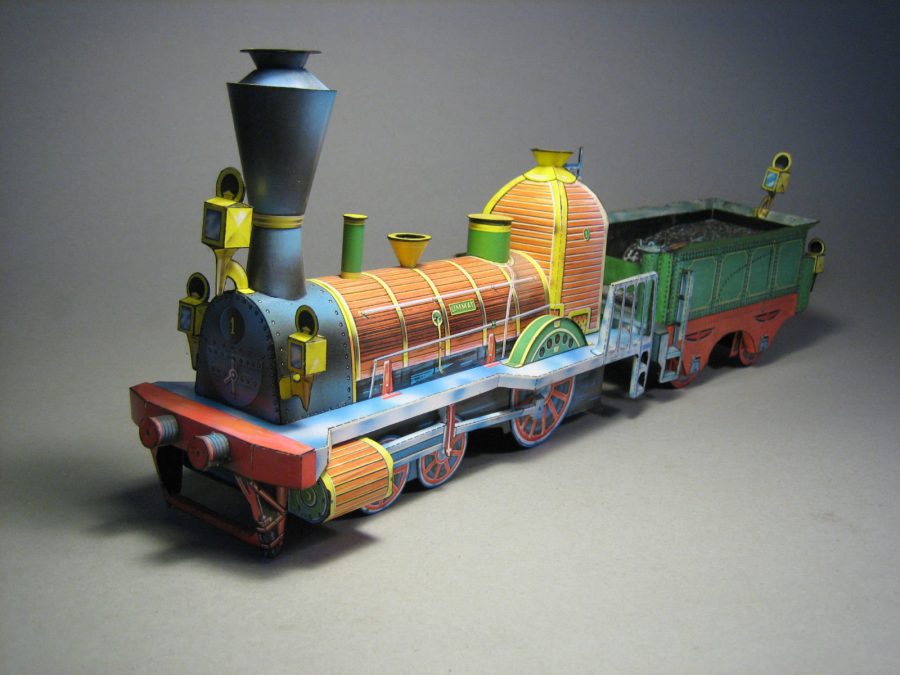…LEGO
My fervour for trains was ignited early on by a wooden push-along set from BRIO. Not long after, LEGO came into my life in the form of a No. 181 train set.
I have fond memories of spending hours playing with LEGO, searching for that elusive part to complete the current project… there was no way I could tolerate a red brick in my white wall!
Adulthood intervened and these wonderful building blocks were forgotten about. Fast forward thirty years or so, that old treasure is back in my hands and here is where the story continues…
Although this little brochure is from before my time, LEGO put a lot of effort into trains in those days… In many ways surreal, if not to say trippy, it was fuel for the imagination nonetheless.
In the beginning, it was a matter of sorting out foreign matter and familiarising myself with what was there. My main interest are trains and their immediate surroundings, so truck wheels and bulldozer shovels are of little use to me. For some reason, wheels do seem to be rather prevalent – I suppose the world’s largest tyre manufacturer (their own claim) has to find somewhere for their product to dissipate!
My quaint blue-railed battery train I considered naff in comparison.
I remember as a child visiting a friend who had 12V trains with grey rails and fast locomotives. My quaint blue-railed battery train I considered naff in comparison. Today, I see value in this perceived shortcoming for its vintage appeal. Back in those days, LEGO didn’t hide its knobbly surfaces the way they do now… It had a certain honesty, which appeals to me.
Following instructions found online, the train was quite obviously the first thing I put back together, almost as it was back in the 70s. I say almost, because the decades of other children playing has resulted in many parts being broken or missing altogether. For instance, the battery wagon was gone except for its roof and there was only one of the yellow windows, when there ought to have been two. Still, it was a start…
My sort-of reconstructed No. 181 train.
Also, I was not content with the track geometry, the points in particular. Their parallel design forced a crossover into a double S-bend, which makes for ugly, jerky train movements. All that had survived was one set of points and even that was damaged, so I set about making improvements. More details about this can be found here.
Freed from the limitations of 6-studs wide trains, I started putting together more “realistic” rolling stock. Adding to the width of the trains drastically changed the proportions and offered new possibilities. My trains won’t ever need to fit someone else’s layout, so I can do whatever I like. More about this here.
Trouble is, LEGO only manufactures and distributes complete sets, they do not offer individual parts. Every genuine brick out there once came from one of these sets and prices are dictated by how many have appeared in the past.
In the course of play, I happened upon a website that is a sort of stock exchange for LEGO. The site offers a free planning software programme and finished designs can be uploaded to a gallery. From there, it is possible to search the world for the required bricks – just a click and many dollars away!

My design of a Rhätische Bahn steam locomotive in LEGO has moving side rods and a motorised tender.
It has been a steep learning curve on this subject and I now fancy myself as a MOC (my own creation) designer. There appears to be a market for well designed building instructions, so this is an avenue, or rather track, that I am exploring. To see my latest creations, please have a look at my Bricklink Studio Gallery.
A steam train loosely based on the ‘Dampfbahn Furka Bergstrecke’. The engine is a so-called dummy, with the motor and battery pack actually located in the luggage van.
This passenger train of the ‘Rhätische Bahn’ includes a dining car and a compartment coach. Due to the weight, a second motor is located in the luggage van to assist the motor in the locomotive’s tender. Both motors run off a single battery pack.
An electric goods train of the RhB.
Railway crane and bolster wagon. Stabilising jacks swing out from each corner and a counter-weight slides out from the back, to balance the boom. Two winches control the boom and hook separately.

